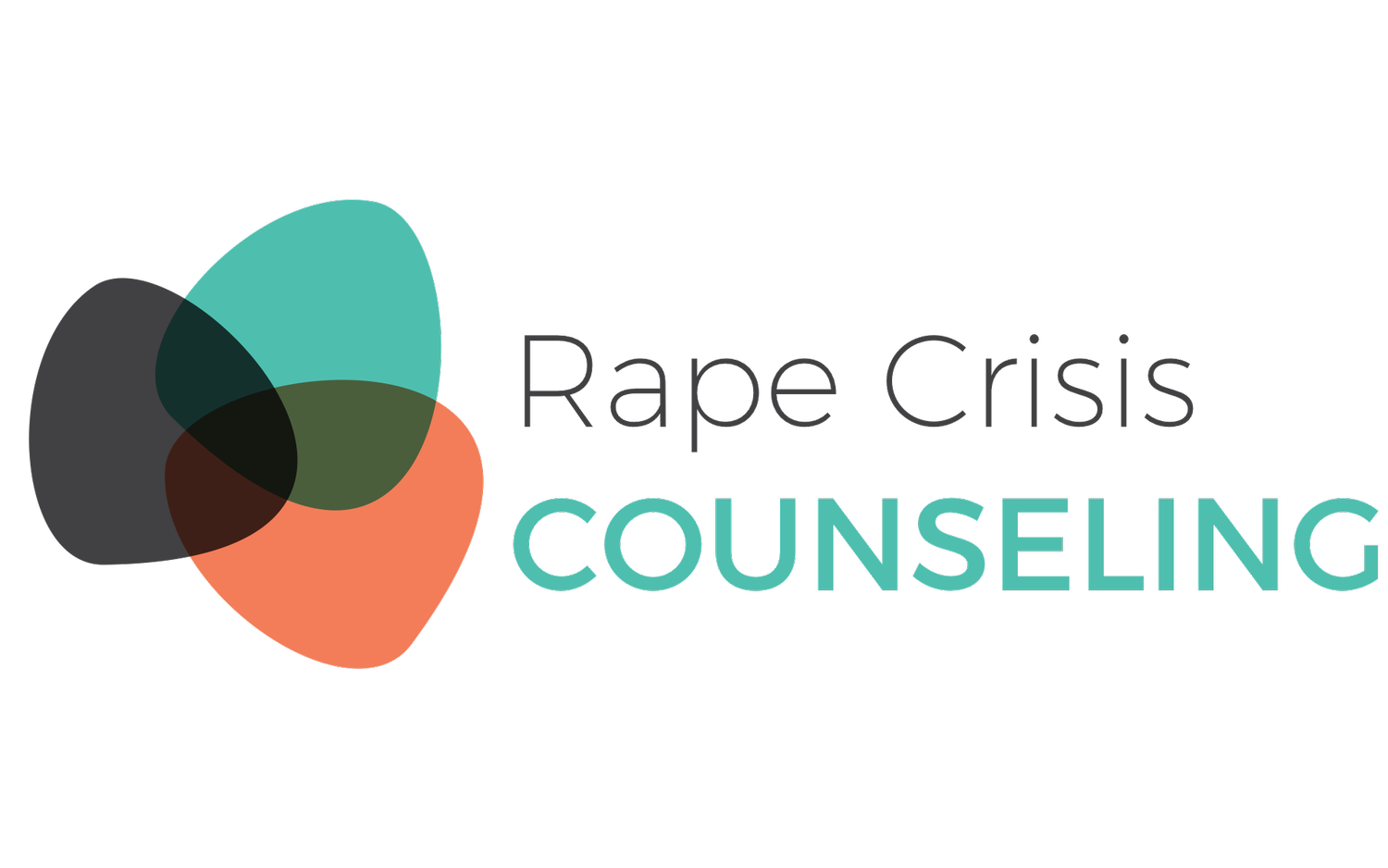5.4.1 Physical Safety
Discussion questions for physical safety planning include the following:
Does the survivor have a mobile phone that they can use to call for help? Who would they call?
Does the survivor have a plan in case of emergencies? Who would they call? Where would they go? How would they get there?
Are there specific things the survivor can do to make themselves feel safer?
Has the perpetrator contacted the survivor after the assault?
How and where might the survivor encounter the perpetrator?
Is the survivor concerned about the perpetrator’s family or friends?
Does the survivor see the perpetrator when they are in public, if so, where?
Is there a trusted friend or family member who can accompany the survivor to places where they need to go?
If the survivor were to be approached by the perpetrator in a public place, do they know where they could go to be safe?
Has the perpetrator threatened them (directly or indirectly)? Threats can include threatening to tell other people about the assault, threatening to make the survivor lose their job, threatening to tell others about their gender identity or sexual orientation, threatening to post photos or statements online, etc.
Does the perpetrator have any information about where the survivor lives, works, attends school or other places the survivor goes regularly?
Has the perpetrator stalked the survivor, their friends or their family?
Is the survivor considering reporting the assault to law enforcement? Do they have any questions about the reporting process?
Does the survivor have any type of protection order against the perpetrator? If not, do they think such an order would be helpful? For example, some countries have what is called a civil protection order, which can be useful, but it may only be available in cases of intimate partner violence or if the survivor has personal information about the perpetrator, such as their name and address.
Are there specific things that the survivor could do to help them feel safer in their community?
